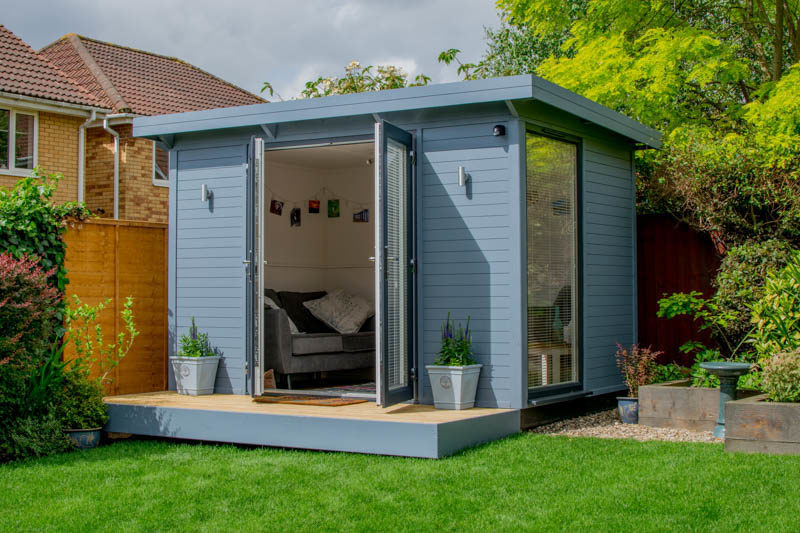
Garden rooms are becoming an increasingly popular way to expand living space and add value to your home. Whether you’re planning to use it as a home office, a gym, or a cozy retreat, proper insulation is crucial to making your garden room comfortable year-round. In this guide, we’ll walk you through everything you need to know about insulating your Garden Room for maximum comfort and energy efficiency.
Why Insulate Your Garden Room?
Insulating your garden room serves multiple purposes:
- Temperature Control: Insulation helps maintain a stable temperature inside your garden room, keeping it warm in the winter and cool in the summer.
- Energy Efficiency: A well-insulated garden room reduces the need for additional heating or cooling, thereby lowering your energy bills.
- Moisture Control: Proper insulation prevents condensation, which can lead to mold and structural damage.
- Comfort: Insulation makes your garden room more comfortable to use, no matter the season.
Types of Insulation Materials
When it comes to insulating your garden room, there are several options to consider:
Fiberglass Insulation
Fiberglass insulation is one of the most common and cost-effective options. It is available in rolls or batts and is easy to install. This material is excellent for thermal insulation but requires a vapor barrier to prevent moisture buildup.
Foam Board Insulation
Foam board insulation is another popular choice. It offers high R-values (a measure of thermal resistance) and is relatively easy to cut and install. Foam boards are ideal for insulating walls, floors, and ceilings.
Spray Foam Insulation
Spray foam insulation provides an airtight seal and excellent thermal performance. It’s perfect for hard-to-reach areas and irregularly shaped spaces. However, it tends to be more expensive than other options and usually requires professional installation.
Reflective Insulation
Reflective insulation consists of foil-faced materials that reflect radiant heat. It’s often used in combination with other insulation types for added effectiveness. This type is particularly useful for insulating garden rooms with metal roofs.
Steps to Insulate Your Garden Room
1. Assess the Space
Before you begin, assess your garden room to determine where insulation is needed. Pay attention to walls, floors, ceilings, and windows.
2. Choose the Right Insulation Material
Select the insulation material that best suits your needs and budget. Consider factors like R-value, ease of installation, and moisture resistance.
3. Install Wall Insulation
For wall insulation, start by fitting the chosen material between the wall studs. Ensure the insulation covers the entire wall area, leaving no gaps.
4. Insulate the Floor
If your garden room has a raised floor, install insulation between the floor joists. Use foam board or fiberglass batts for this purpose. If the floor is concrete, consider adding a layer of rigid foam insulation before installing the flooring material.
5. Insulate the Ceiling
Ceiling insulation is crucial for maintaining a comfortable temperature. Use fiberglass batts or foam boards to insulate the space between the roof rafters. For additional thermal protection, consider adding a reflective barrier.
6. Seal Gaps and Cracks
Finally, inspect the entire garden room for any gaps or cracks that could allow air to escape. Use caulk or spray foam to seal these areas and enhance the overall insulation.
Conclusion
Proper insulation is essential for creating a comfortable, energy-efficient garden room. By choosing the right materials and following the correct installation steps, you can enjoy your garden room year-round, regardless of the weather. Ready to make your garden room the perfect retreat? Start insulating today and experience the difference!
Ready to take the next step in creating your dream garden room? Contact us for personalized advice and professional installation services.








